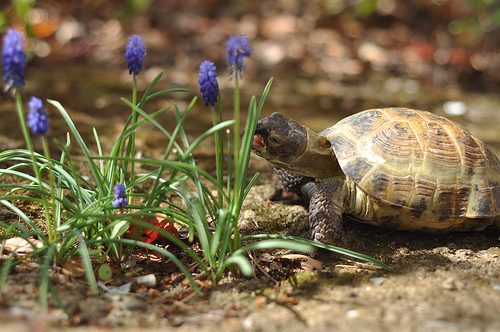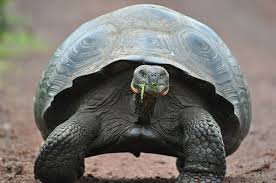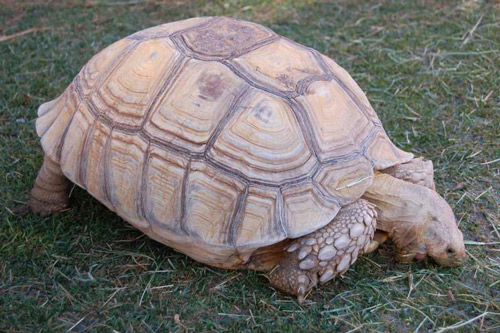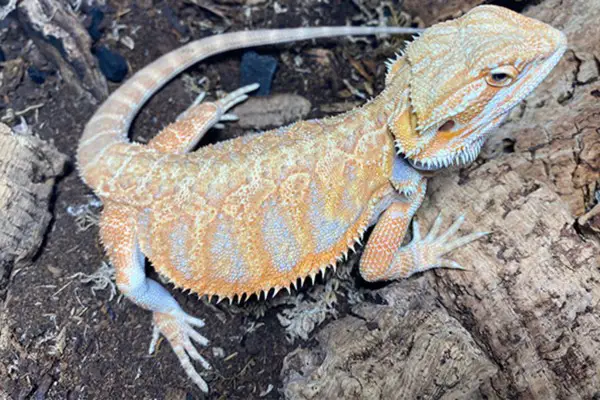The Russian tortoise (Agrionemys horsfieldii) is one of the tortoise species that makes a remarkable pet. It is typically found in the open habitats of Asia. Russian tortoises are one of the expert diggers and for the same reason they like to live in moist habitats so that they can easily make burrows.
Russian Tortoise Facts
Anatomy
- Adult males reach length of about 13–25 cm (5–10 in) while females grow up to 15–25 cm (6–10 in).
- Females are slightly larger than males but they have shorter tails as compared to that of males.
- They are mainly recognized by bright yellow or black shell.
- The golden-brown shell is not high domed. It is slightly rounded in shape.
- The average life expectancy of Russian tortoises is 20 years in the wild. In captivity they live up to 50 years.
Range & Habitat
- The Russian tortoise occurs most commonly in the northwestern Pakistan, southeastern Russia, Afghanistan, eastern Iran, and Kazakhstan.
- They prefer to make homes in open dry regions including sandy locations where they can easily build burrows. The soil must be wet so that tortoises can dig it well.

Behavior
- Russian tortoises remain dormant during winter but they become active in summer. In captivity they do not do well indoors. They are best thrived when kept in open habitats.
- During summer, they go back to burrows and come out once the sun goes down.
- Tortoises are social animals and they often enter into nearby burrows.
- Sometimes Russian tortoises spend time together in one burrow.
- They are terrestrial animals and are able to thrive in dry environments such as deserts or dry mountainous regions.
Feeding Ecology & Diet
- The Russian tortoise is an herbivorous species and it is thought to feed on green matter including vegetables, broad-leaf plants, weeds, clover, endive, fruits, and tomatoes. The captive tortoises also enjoy fleshy vegetables as well as dandelions.
- It is also known to consume flowers and leaves. Prominent among the foods is Nasturtiums.
Reproductive Biology
- Russian tortoises are likely to mate in early summer and late spring.
- Hatchlings grow 3 – 4 inches in length when they are born. They grow quickly to 8 – 10 inches length in few days.
- Males become highly vocal during the breeding season and they are seen producing high-pitched squeaks.
- The female lays 3 – 5 eggs and the incubation lasts 3 – 10 months.
Conservation Status
Vulnerable









Russian Tortoises aren’t actually very social and tend to be quite territorial.
Russian tortoises are only 1.5 inches when they first hatch, not 3-4 inches. They also do not grow to 8-10 inches in a few days, it takes many years to grow to that size. Males average 5-6 inches and females can get up to 8-9 inches, but it takes many years.